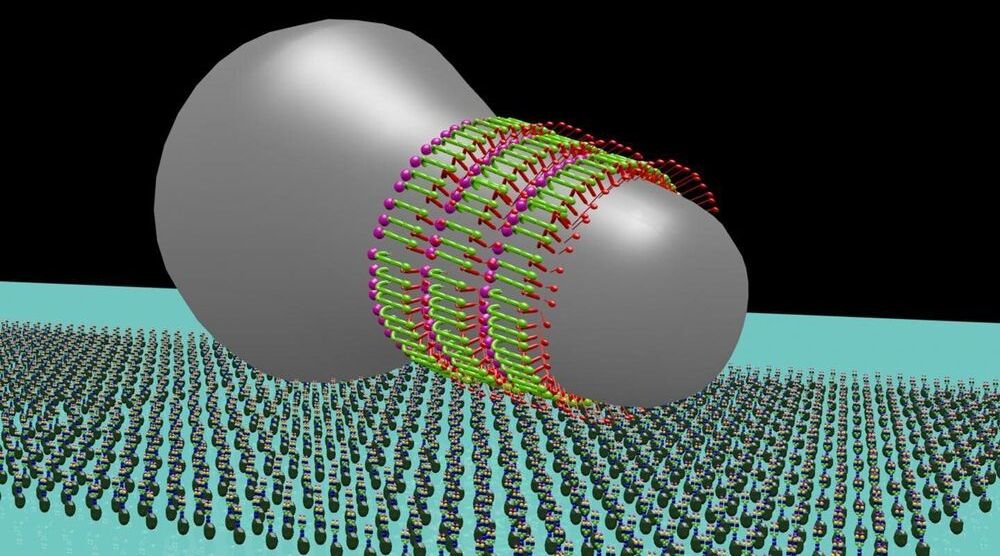Much of human invention and innovation has been the result of our discovery and replication of natural phenomena, from birds in flight to whales that dive deep into the ocean. For the first time, researchers have captured at the nanometer level the gliding machinery of the bacterium Mycoplasma mobile. Their findings were published in mBio. It illuminates the origin and operating principle of motility, which could serve as a basis for the next generation of nanoscale devices and pharmaceuticals.
“My lab has been studying the molecular nature of bacteria from the Mycoplasma genus for years,” states Professor Makoto Miyata from the Graduate School of Science, Osaka City University and lead of the research group. “And we have developed a conceptualization of how some of these parasitic bacteria ‘glide’ around their hosts.”
For example, Mycoplasma mobile forms a protrusion at one end giving the bacterium a flask shape. At the tapered end are external appendages that bind to solid surfaces, and in concert with an internal mechanism, cause the bacterium to glide across the surface of its host to find nutrient-rich sites and escape the host’s immune response.
